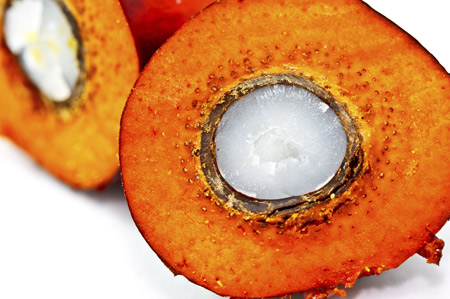Palm oil producers predict El Nino to hit 2016 output
Category: Oilseeds
 (Reuters) – Southeast Asia’s palm oil output is likely to drop in 2016 due to dry conditions from the El Nino weather pattern, while the cotton market will trade in a narrow range, Singapore-based trader Olam International said on Friday.
(Reuters) – Southeast Asia’s palm oil output is likely to drop in 2016 due to dry conditions from the El Nino weather pattern, while the cotton market will trade in a narrow range, Singapore-based trader Olam International said on Friday.
Indonesia, the world’s top palm oil producer, is likely to see output fall by about 2 million tonnes, while production in Malaysia, the No. 2 supplier, will decline by 1.2 million tonnes, Chief Executive Officer Sunny Verghese said at a news conference.
Indonesia produced 35.5 million tonnes of the edible oil in 2015, with Malaysia producing 19.96 million tonnes.
“I think all the impact from El Nino has already been crystallised. So that is not now going to be a surprise,” he said. The weather phenomenon typically brings dry weather to swathes of Asia.
Malaysian palm oil futures jumped to a two-year high at the end of March, but the market has given up some of those gains following a decline in China’s commodity markets.
Separately, Golden Agri-Resources Ltd, one of the world’s largest palm oil planters, said output from its plantations could fall 10-15 percent this year, hurt by El Nino, and that it expects crude palm oil (CPO) prices to rise.
“We have seen CPO prices around $700 earlier this year, recently we have seen some decline… We believe we can go back to levels that we saw earlier this year, and potentially higher,” Richard Fung, director of investor relations, said on its earnings conference call.
The company said it was possible for prices to rise to $750 per tonne.
COTTON RANGEBOUND
For cotton, Olam’s Verghese said prices were likely to trade in a range of 60-65 cents per lb.
“I think it will trade in this narrow range unless there is a new trigger in terms of a fairly significant weather-related phenomenon in growing regions,” Verghese said.
The front-month July cotton contract on ICE Futures U.S. was trading marginally lower at 60.50 cents per lb at 1120 GMT on Friday.
In March, the market slid to its lowest level since 2009, before bouncing to an eight-month high at the end of April, but since then the fibre has been declining rapidly amid a broad selloff in commodity markets.
Singapore-based Olam is the world’s second-largest cotton trader and the third-largest processor of cocoa beans.
The weather damage to global cocoa production will result in the biggest supply deficit in three decades, Verghese said.
“We see total cocoa production declining globally by roughly 9 percent and we expect a deficit of 308,000 tonnes between supply and demand.”
London cocoa jumped to a near five-month high in April on expectations of lower output in West Africa, but the market has since dropped to a one-month low.
Earlier on Friday, Olam, which counts Singapore state investor Temasek Holdings and Japan’s Mitsubishi Corp as its largest shareholders, reported its first-quarter profit more than tripled on lower exceptional charges. However, operational profit, which excludes one-off items, fell 5.5 percent.




